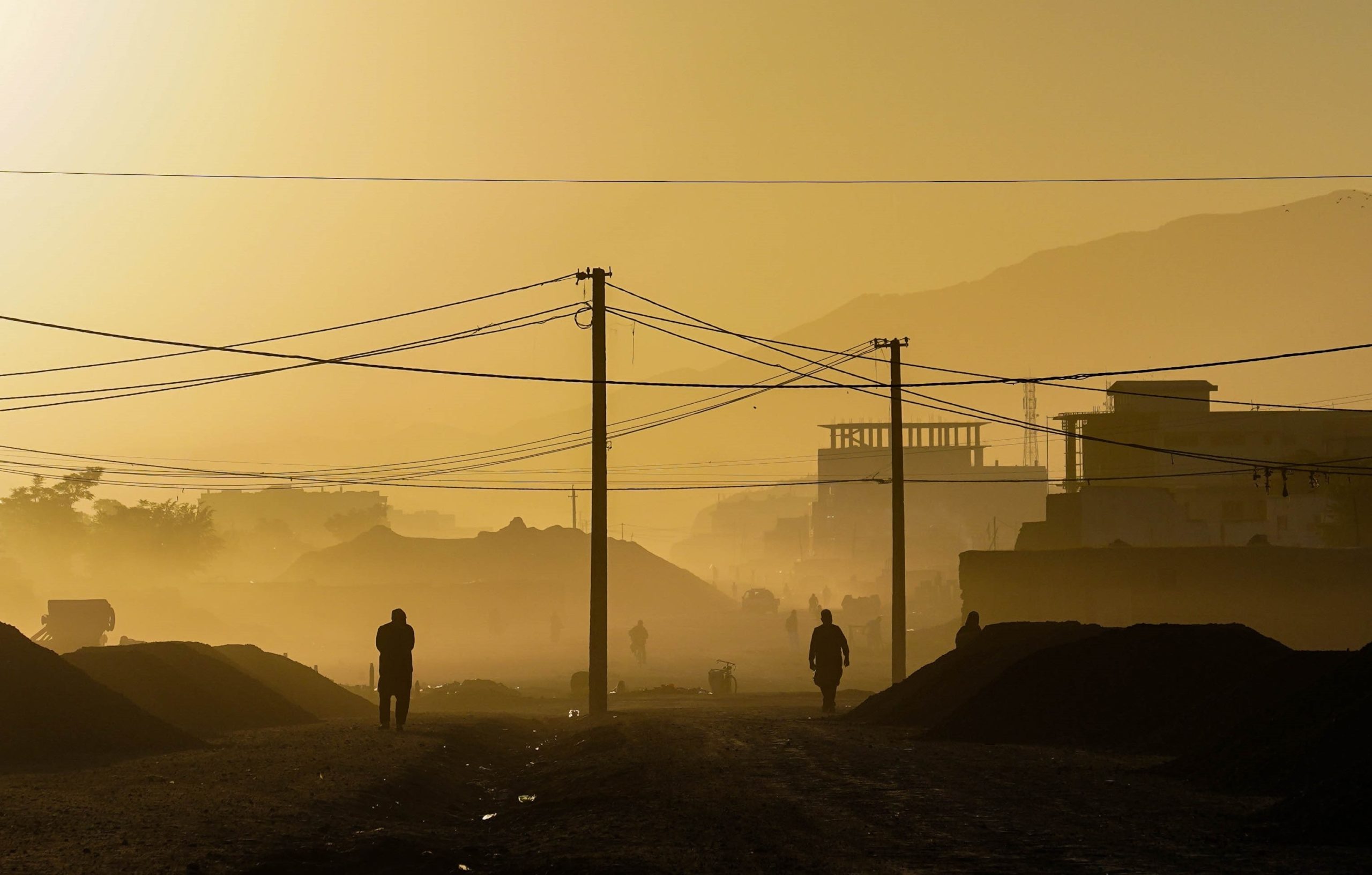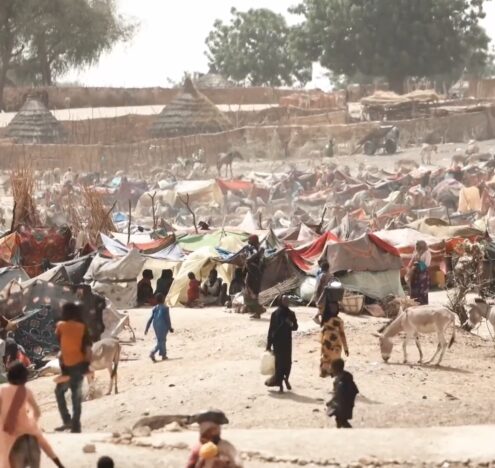The Taliban recently captured its first provincial capital in Afghanistan, Zaranj, a city next to the Afghanistan-Iran border. Zaranj has been integral to India’s US $3 billion development assistance commitments to Afghanistan. India has invested heavily in Iran’s Chabahar port and built the 218 km Zaranj-Delaram highway in Afghanistan to allow the landlocked country access to a port that does not go through Pakistan. The Taliban’s focus on and capture of Zaranj, therefore, was not coincidental since it has cut off Afghanistan’s access to any other port, making it reliant on ports located in Pakistan, which has been hosting and backing the Taliban. The capture has also effectively cut off India’s land access to Afghanistan, thereby threatening India’s investments and strategic interests in the country.
Emboldened by President Joe Biden’s announcement earlier this year that all US troops will be withdrawn from Afghanistan by September 11, 2021, the Taliban has been waging a relentless campaign over the past few months, consolidating its power in rural areas and capturing the financially lucrative border crossings with Pakistan and Iran. Yet, the Taliban’s purposeful capture of its first Afghan city — and thereby India’s land trade with Afghanistan — highlights the Taliban’s decades-old protection and funding by Pakistan, India’s archnemesis. It also underscores India’s two decades of strategic and humanitarian investments in Afghanistan, which it has done in partnership with the elected government of Afghanistan — important developments that may implode as the Taliban reconquers Afghanistan.
THREATS TO INDIA’S ASSISTANCE TO AFGHANISTAN
There are at least three threats to India’s economic and development assistance to Afghanistan. The first is the security vacuum created by the exit of US troops from the country. The withdrawal of American troops has enabled the Taliban to solidify their stranglehold over most rural areas, as well as increasingly major cities, and it is now just a matter of time before they control all of Afghanistan. For example, many analysts believe that it is very likely that the Taliban will be in control by the end of the year, or sooner.
Once the Taliban gain control of Afghanistan, Pakistan will once again have a close relationship with the Afghan government, putting India on its backfoot, much like in the 1990s when Pakistan was one of only three countries to officially recognize Taliban rule of Afghanistan. The difference between the 1990s and now, however, is that India also has had a tense border situation with China over the past year — and all of this is taking place in the middle of the coronavirus pandemic that has hit India hard, causing the economy to contract by 7.3% in 2020-2021. In other words, India’s strategic interests are now more spread out and its capacity to protect its investments in Afghanistan is weaker than it has been over the past two decades.
Thus, at a time when India should be focused on Afghanistan and the potential threat from its West as the US withdraws its troops, it is having to address multiple strategic threats and is not able to focus on its strategic interests in Afghanistan. These interests include India’s significant development assistance to Afghanistan, covering over 400 projects in all 34 provinces, and are highlighted by the fact that for much of the past 20 years, Afghanistan was the second-largest recipient of Indian development assistance. Yet, since India does not have any “boots on the ground” in Afghanistan and no plans for military assistance, its foreign aid implementation, such as the Zaranj-Delaram highway, the building of the Afghan parliament, and the Salma Dam — all of which India fully funded — has relied on the Afghan and US governments to provide security. With US troops leaving and the Taliban’s relentless campaign to take control, India will have difficulty filling the security vacuum left by the American troop departure and defending its investments in Afghanistan. It will also have a more difficult time addressing the rising security and strategic threat from the West.
As the Taliban increasingly takes over Afghanistan, it is in India’s interest to prevent the undoing of two decades of Indian political and economic investments in Afghanistan and India’s broader strategic interests in the region.
The second threat to India’s strategy in Afghanistan is the Taliban itself and its backers in Pakistan. The Taliban’s resurgence was expected once the United States started negotiating the withdrawal of its troops with them in 2018, thereby legitimizing and emboldening the Taliban. Yet, unlike the American chimera of Afghan peace, India has adjusted its strategy toward Afghanistan. While reaffirming India’s long-term commitment to Afghanistan and its people, India has nevertheless decreased its grants to Afghanistan over the past few years. From the Indian government’s data, from $120 million in commitments to Afghanistan in fiscal year 2014-2015, Indian foreign aid to Afghanistan decreased to a budgeted $56 million in fiscal year 2020-2021, with the revised budget estimates for that year further decreasing allocations to about $48 million. For the current fiscal year 2021-2022, India has budgeted $48 million, though that amount is likely to decrease further. Afghanistan, which until a few years ago was India’s second largest recipient of aid, has now been relegated to being India’s fifth largest recipient of grants, behind Bhutan, Nepal, Mauritius, and Myanmar (in that order). Afghanistan, therefore, is of key strategic interest to India, but given India’s current demanding environment and the Taliban’s resurgence, India has decreased its development assistance to Afghanistan.
India’s decision to decrease its engagement in an increasingly Taliban-controlled Afghanistan, highlights the difficult situation it finds itself in today. It is also a decision that might come back to haunt India. As the international community has pulled its troops out of Afghanistan, established contact with the Taliban, and looked the other way as Pakistan continued to not only provide sanctuary and legitimacy to the Taliban, but even supported violence by the Taliban in Afghanistan, India has found itself in a bind. Despite analyses from US military and think tanks which pointed to Pakistan’s collusion with the Taliban, all main regional or international actors were reaching out to the Taliban and ignoring Pakistan’s role in enabling the Taliban.
With the rapid advances in Afghanistan by the Taliban over the summer, India started to reach out to the Taliban over the past few months. Nevertheless, India has largely held to its principled approach that the Taliban are a terrorist group under the influence of Pakistan, and that India does not negotiate with or recognize terrorists as legitimate state actors. It is important to note, however, that India has never officially declared the Taliban as a terrorist organization, potentially leaving the door open for a relationship between the two if needed. Given India’s fraught relationship with Pakistan and the evidence over the years of the Pakistani government’s support and funding of the Taliban, India’s principled position is understandable and even admirable. Yet, decreasing Indian investments in Afghanistan and essentially closing its consulates in strategically located cities, such as Kandahar and Mazar-e-Sharif, at a time when the Afghan government most needs support from countries in its region and beyond, risks ceding further political space to the Taliban and its sponsors in Pakistan. It also risks decreasing India’s importance to the government in Afghanistan, no matter the ideology of the government.
The third threat to India’s engagement in Afghanistan is the impact of the ongoing COVID-19 pandemic on the country. India was badly impacted by the coronavirus with 32 million cases and half a million deaths officially reported by early August. The Indian economy has also taken a hit, and is facing an even lower growth rate in 2021-2022. India, therefore, has lost some of the social and economic advances it has made over the past couple decades during the pandemic. Combined with growing poverty and inequality, India has to prioritize domestic issues, and so has less resources and political bandwidth to focus on the political implosion in Afghanistan.
CAN INDIA PROTECT ITS INTERESTS IN AFGHANISTAN?
India is currently in a crisis management mode, given the recent losses of Prime Minister Narendra Modi’s party in state elections, the ongoing pandemic and its impact on the economy, and the threat posed by China at India’s northern border as well as in most countries surrounding India. It is in a very difficult situation and understandably Afghanistan is not its main — or even its only — strategic worry.
From India’s perspective, it is in its strategic interest to maintain significant investments and political presence in Afghanistan, lest it find itself in the situation it faced in the 1990s where the bonhomie between Taliban-ruled Afghanistan and Pakistan led Pakistan to focus on its border with India and support the decade-long Kashmir insurgency in India. It was also during this time, in December 1999, when Indian Airlines Flight 814 from Kathmandu to Delhi was hijacked by members of Harakat ul Mujahedeen (HuM), a Pakistan-backed terrorist group. The plane was forced to land in Kandahar, where the Taliban had a strong hold. At the time, India did not recognize the Taliban as the government of Afghanistan, and therefore had no diplomatic representation in the country. The hijackers demanded the release of three men who were being held in Kashmir in exchange for freeing the passengers. The three men were members of HuM and being held on charges of terrorism and other crimes. The exchange eventually took place in Kandahar. While the passengers made it home to Delhi, the Taliban drove the three prisoners to Pakistan. The release of these prisoners was detrimental to Indian and indeed global security, since they were subsequently linked to the kidnapping and beheading of New York Times reporter Daniel Pearl and the following events: The 2001 attack on the Indian parliament, the 2008 attacks on Mumbai, and the 2016 attack on the India air base in Pathankot. This episode and the recent acquittal of others also highlighted the continued close relationship between the Taliban, Taliban-linked terrorists hosted in Pakistan, and the Pakistani government, as well as the danger to India of abandoning its interests in Afghanistan.
As the Taliban increasingly takes over Afghanistan, it is in India’s interest to prevent the undoing of two decades of Indian political and economic investments in Afghanistan and India’s broader strategic interests in the region. Only by continuing to engage in Afghanistan and finding regional and international actors willing to join India in supporting the beleaguered Afghan government can India protect its investments and minimize the rising strategic threat emanating from its West. The current efforts underway at the UN Security Council, which is under Indian presidency, to bring forth a statement that the UN will not support a restoration of an Islamic Emirate of Afghanistan by the Taliban if it assumes power by military force, is a great starting point.
Rani D. Mullen is Associate Professor of Government at William & Mary (University) and Director of the Indian Development Cooperation Research at the Centre for Policy Research, New Delhi, India.





















